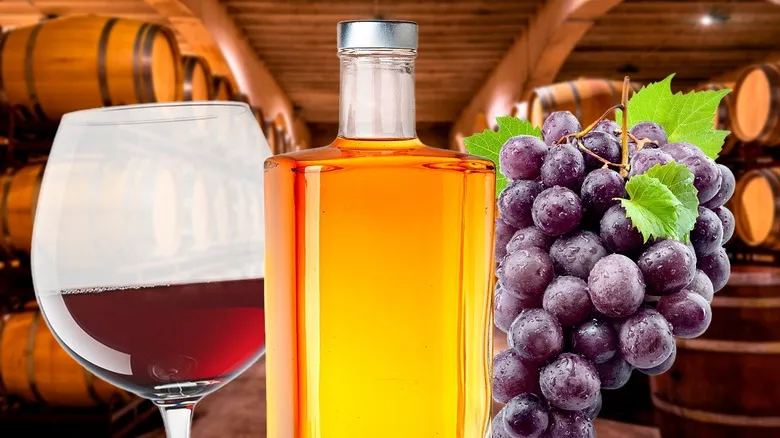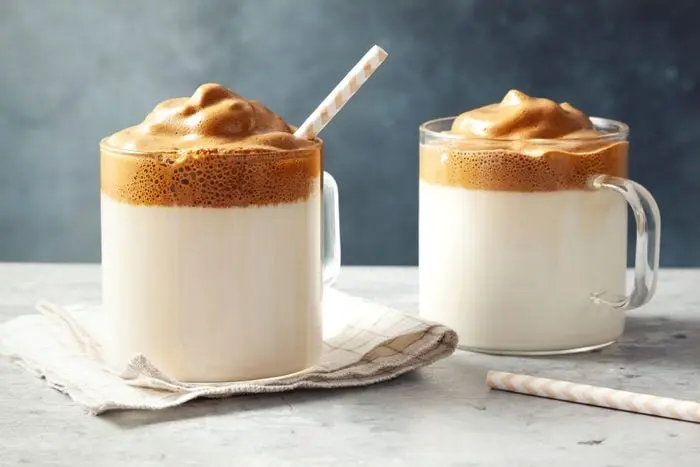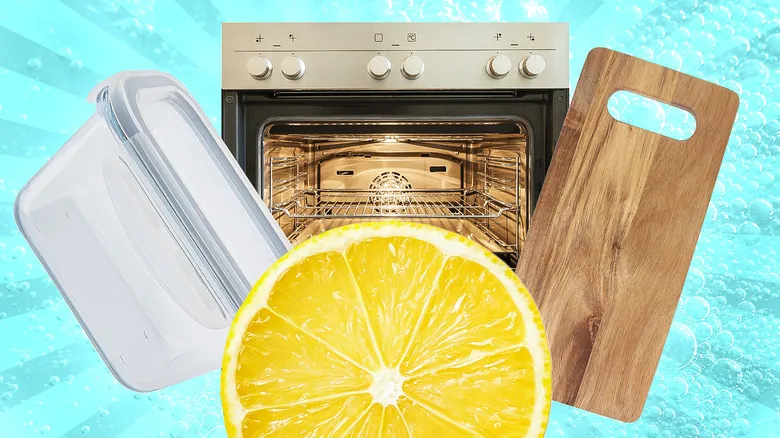1. Myth: All brandy is made from grapes
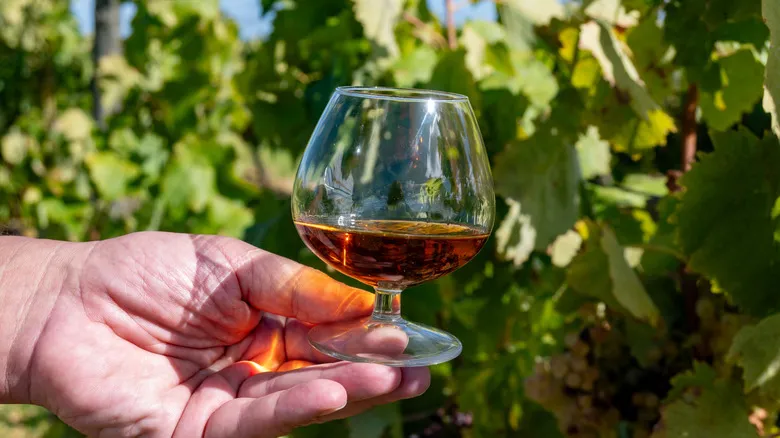
The types of brandy that American consumers are most accustomed to—those readily available in stores and commonly used in eggnog—are primarily derived from grape wines. "If a label indicates it's a brandy without specifying the type of fruit, it typically refers to a grape-based brandy, which constitutes the majority of the category," explained Draga Culic. According to Culic, all brandies undergo two fermentation stages: the first involves converting the fruit into wine, followed by a distillation process that concentrates the wine's alcohol and flavor compounds into brandy.
However, while grape-based brandies are the standard in the U.S., this is not the case globally. "In Serbia, the art of brandy-making has been a tradition for centuries, utilizing fruits like plums, quince, pears, raspberries, and apricots," Culic noted. Chris Finnegan also mentioned that he has encountered brandies crafted from other fruits, such as apples, cherries, and peaches. Each type presents its own unique flavor profile, so if you’ve previously found brandy unappealing, it may be worthwhile to explore varieties made from different fruits.
2. Myth: Brandy is different from Cognac or Armagnac
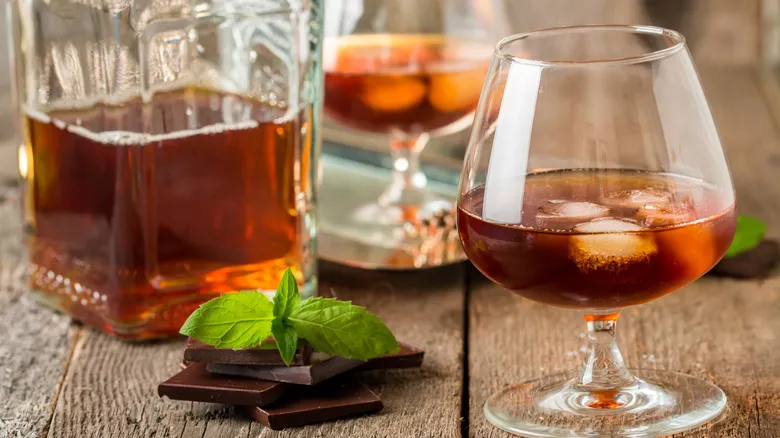
One possible explanation for why brandy often goes unnoticed by many American drinkers is that it is known by various names, depending on its origin and production method. This means you may have savored brandy in the past without even realizing it was brandy.
For instance, many people recognize Cognac and Armagnac as sophisticated French spirits, typically enjoyed from globe-shaped snifters after elegant meals. However, both are actually types of grape brandy. "Cognac originates from the Cognac region in southwestern France," Draga Culic explained. "It undergoes double distillation and must be aged for a minimum of two years." In contrast, Culic noted, "Armagnac is produced from grapes in the Armagnac region of France and is distilled only once." Additionally, brandies from other parts of the world have their own unique names: Kirschwasser, for example, is a dry cherry brandy from Germany and Switzerland, commonly used in dishes like cheese fondue and Black Forest cake. (If you prefer a sweeter, lower-alcohol cherry brandy, consider trying Maraschino.) Meanwhile, Slivovitz is a popular plum brandy in Eastern Europe.
3. Myth: The darker the brandy, the more flavorful it is

Another prevalent misconception about brandy is that its color indicates its quality. Typical grape brandies, including varieties like Cognac and Armagnac, exhibit a warm brown shade similar to whiskey. Casual drinkers often assume that this coloration results from barrel aging—leading them to believe that a darker hue signifies longer aging in oak barrels and, consequently, superior quality.
However, our experts have observed that this isn't always the case. While a richer color can indeed suggest aging, various other factors can influence the color as well. "In my view, color has been incorrectly used as a measure of quality across all spirit categories," said Caitlin Bartlemay. "Caramel coloring is permitted in many categories to help producers maintain a consistent appearance over time, as the color can vary based on the barrels, the spirit itself, and the maturation climate." She also noted that many fruit brandies are intentionally crafted to be clear—so it's best to rely on your taste buds rather than your eyesight when assessing brandy.
4. Myth: Good brandy is always super-expensive
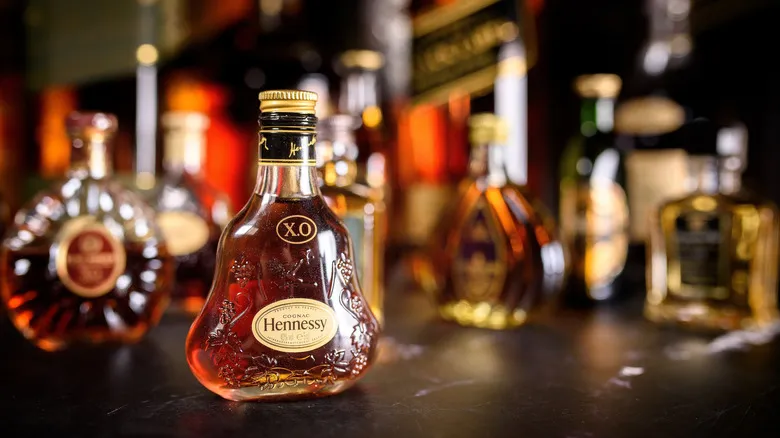
For many years, brandy—particularly certain varieties of Armagnac and Cognac—has been associated with the affluent elite. When you think of a typical Cognac enthusiast, you might envision an older gentleman in a suit, comfortably seated in an armchair next to a crackling fireplace. Indeed, some types, especially those that are aged for long periods and are rare, can fetch astonishing prices, sometimes reaching into the thousands of dollars. "High-end brandies often feature unique blends with older vintages, and these cannot be produced in the same quantities as more affordable options, which is reflected in their price," explained Chris Finnegan.
However, if you're working with a more modest budget and prioritize flavor over prestige, you're in luck. "There are excellent brandies available at reasonable prices," Finnegan noted. "During the Christmas season, you can often find great deals on various types of alcohol, so it's possible to discover a decent bottle for around £30-£40 ($38-$50) if you shop wisely." That said, keep in mind that quality brandy won't be extremely cheap. "If you prefer a clean, additive-free brandy, remember that it typically requires about 30 pounds of fruit to produce just one bottle," Draga Culic remarked. "A good price range for an unaged brandy would be around $50 to $60, while a quality aged brandy might be priced around $70."
5. Myth: To make great brandy, you must start with great wine
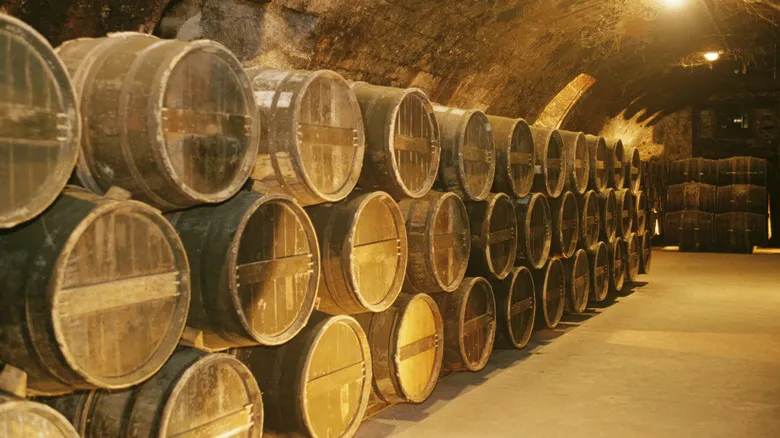
Some enthusiasts of fine spirits think that high-priced brandies are a result of being distilled from top-quality wines. However, this is a misconception. "In the case of French brandies, the wine used for distillation is typically not something you'd want to sip on its own," Caitlin Bartlemay noted. "It's often quite acidic, has a lower alcohol content, and tends to be somewhat thin. In contrast, in other regions, the brandy is crafted from wines that you would happily enjoy with friends at dinner." Essentially, grape brandy stands out as an exception to the saying "garbage in, garbage out"—the idea that starting with inferior materials leads to a subpar final product.
While reputable winemakers are selective about the grape varieties they choose, brandy distillers have adopted a surprisingly diverse array of grape types. For example, Draga Culic pointed out that although the regulations for producing Cognac are stringent (it must be made from white grapes, typically ugni blanc, Folle blanche, or Colombard), brandy producers in other regions have the freedom to use any grapes available to them. "Brandy grapes can range from Riesling to Baco Noir to Pinot Noir to Thompson Seedless grapes from California—the possibilities are truly endless," Culic remarked.
6. Myth: Brandy never changes once it's bottled

Since some brandies are aged for many years or even decades, consumers often believe that a bottle can last indefinitely. While it is technically accurate that brandy ceases to age once it is bottled, Justin Stiefel clarified, "Aging occurs only when the spirit interacts with wood, extracting intricate flavors and aromas. Once it is no longer in contact with wood, that process is complete. When brandy is placed in glass bottles, the bottle creates a stable, airtight environment, meaning what you taste on the first day of bottling will remain the same after 10, 20, or even 50 years."
However, Stiefel emphasized that this holds true only if the bottle remains sealed and is stored in a cool, dark place away from direct sunlight. Once the bottle is opened, the situation changes. "When exposed to oxygen, brandy gradually oxidizes, which can result in subtle shifts in flavor and aroma over time. Additionally, as the liquid level decreases, some alcohol may evaporate since it is volatile. While it won't spoil like perishable items, improper storage can diminish its character." On the other hand, Draga Culic pointed out that enthusiasts of clear, unaged fruit brandies often find that these spirits become smoother and more refined as time passes. "This process, to a lesser degree, somewhat resembles the resting phase in stainless steel vats, where the chemical reactions enhance and balance the spirit," she explained.
7. Myth: Older brandy is always better
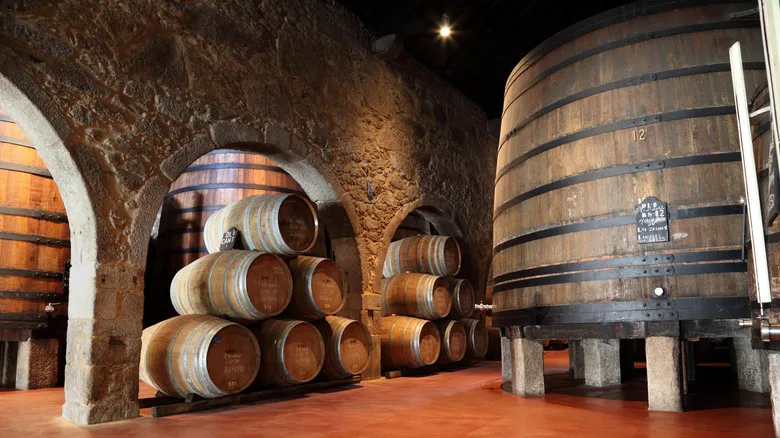
An air of intrigue often envelops aged brandies, and for valid reasons. "Older brandies can mature for years or even decades in oak barrels, during which they acquire remarkable depth and complexity," explained Justin Stiefel. "The price also reflects the time and resources required to store and care for these aging barrels." Their scarcity is further heightened by the natural evaporation that occurs during the aging process. "Depending on the storage conditions, barrels that age for 20 years, 30 years, or longer can lose more than half their volume, significantly reducing the expected yield and effectively doubling the production costs," Stiefel added.
However, not all brandies gain from aging. "Many fruit brandies are released unaged and crystal clear because the distiller's aim was to capture the fresh and pure essence of the fruit," noted Caitlin Bartlemay. Therefore, she pointed out, the belief that older and oakier brandies are inherently superior is misleading. "Some flavors that develop with extended aging may appeal to some, while others might find them unappealing," she remarked.
8. Myth: Brandy is only good for sipping
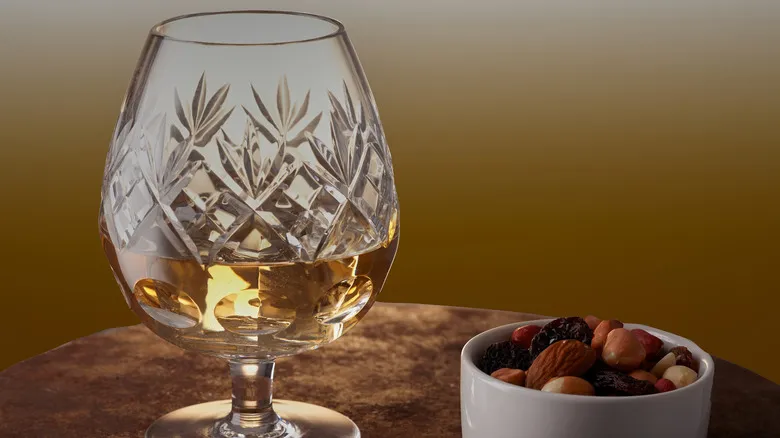
One common misconception that might deter some individuals from enjoying brandy is the belief that it’s solely meant for serious sipping. "This misconception is hindering brandy's popularity," stated Justin Stiefel. "While savoring a well-aged brandy neat is indeed a delightful experience, don’t let that restrict your options. Brandy shines in cocktails — from timeless classics like the Sidecar [composed of brandy, Cointreau, and lemon juice] to contemporary variations such as brandy sours and artisanal punches, it’s a flavor dynamo."
Other experts echoed the sentiment regarding brandy's adaptability. "Brandy can often replace whiskey in many traditional cocktails," noted Caitlin Bartlemay. "There’s nothing wrong with a brandy Old Fashioned, a brandy Boulevardier, or a brandy Paper Plane (I particularly enjoy an apple brandy Paper Plane)." Draga Culic highlighted that brandy was historically a common foundation for cocktails. "I like to remind people that a third of our classic cocktails were originally crafted with brandy as the base spirit, making it the preferred choice before Prohibition came along and pushed it aside," she explained. Furthermore, she emphasized that brandy deserves more recognition from today’s mixologists. "It’s not as heavy as some other base spirits in cocktails. You can easily substitute it one-for-one for tequila, gin, vodka, bourbon, or any aged spirit without needing to add excessive sugar or sweetener to achieve balance, thanks to its fruit-forward profile."
9. Myth: St. Bernards in the Alps once carried barrels of brandy around their necks

One of the few images of brandy that lingers in the public's mind is that of the large, friendly St. Bernards acting as rescue dogs in the snowy Alps, each adorned with a small barrel of brandy around its neck. This image has some historical roots: an order of monks in a mountainous area near the Swiss-Italian border originally kept these large dogs (once called Alpine mastiffs) as watchdogs and later as rescue animals to help travelers in distress on perilous trails.
However, the dogs never actually carried barrels of brandy. The iconic image of the barrels was created by British artist Edwin Landseer, who, despite never visiting the Alps, was captivated by St. Bernards. His most famous painting, "Alpine Mastiffs Reanimating a Distressed Traveler," depicts two of the dogs rescuing a man suffering from hypothermia, with one dog sporting a barrel attached to its collar. (The reason Landseer included the barrel remains a mystery.) In reality, it was likely for the best that the actual dogs didn’t carry brandy, as while alcohol may create a temporary sensation of warmth, it actually leads to increased heat loss and can cloud judgment. Instead, the dogs provided a much safer and practical means of reviving frostbitten travelers: their own warm, furry bodies.
10. Myth: Brandy is just for old people

A common (and ageist) misconception that deters some people from enjoying brandy is the belief that it’s a drink meant for older individuals. "This idea always makes me smile," said Justin Stiefel. "While brandy might be linked to cigar lounges and traditional decanters, that’s a limited perspective, as brandy is remarkably versatile." When we explore the various types of brandy, from sophisticated aged Cognacs to clear, youthful fruit brandies, this versatility becomes even more apparent. "It can be as elegant as a premium whiskey or as fun as a fruity cocktail base," Stiefel noted.
Just as younger generations have embraced trends once thought to be for seniors, like flip phones and crochet, they are also beginning to rediscover brandy. "We're witnessing younger drinkers turn to brandy as a refreshing alternative to rum and whiskey in cocktails — take a brandy old-fashioned, for instance," Stiefel explained. Draga Culic also observes a growing interest in brandy among younger consumers. "For Gen Z, a generation that prioritizes authenticity and transparency, brandy is gaining traction," she remarked. "Many other spirit categories often mask their flavors with additional ingredients or aren’t suitable for sipping neat, but brandy excels in both areas."
11. Myth: Brandy snifters are just for show
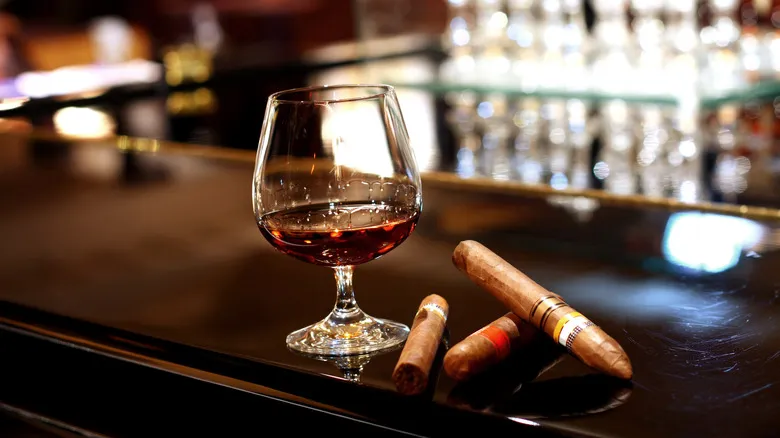
Traditionally, various beverages are served in specific types of glassware. For example, sparkling wine is most enjoyable when poured into a classic tall, slender flute, while your neighborhood craft brewery usually presents its beers in robust, simple pint glasses. When we envision brandy enthusiasts, we picture refined individuals holding round, stemmed snifters filled with their preferred spirit.
Although these traditional snifters might appear to be a snobbish choice, they actually enhance the experience of savoring aged brandy neat. According to Justin Stiefel, "The wide bowl increases the surface area, promoting the evaporation of the spirit's volatile compounds. The narrow opening concentrates the aromas, allowing you to fully appreciate the brandy's bouquet as you bring the glass to your nose. Swirling the brandy further releases additional aromatic compounds." Stiefel explains that this process provides "a preview of the flavors you are about to enjoy."
Recommended
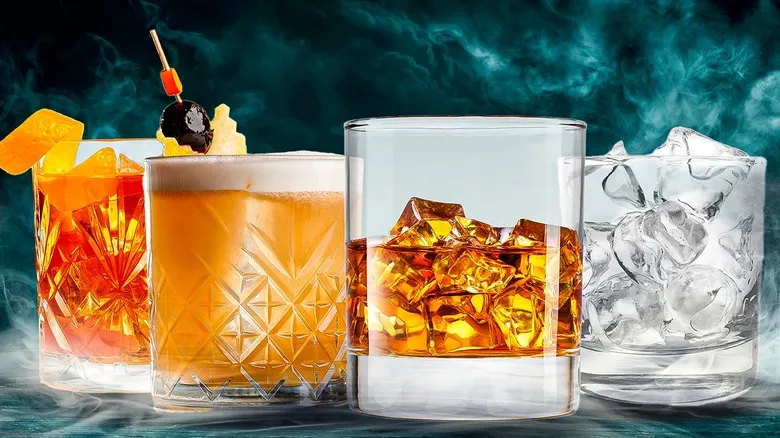
14 Common Mistakes To Avoid When Crafting Whiskey Cocktails
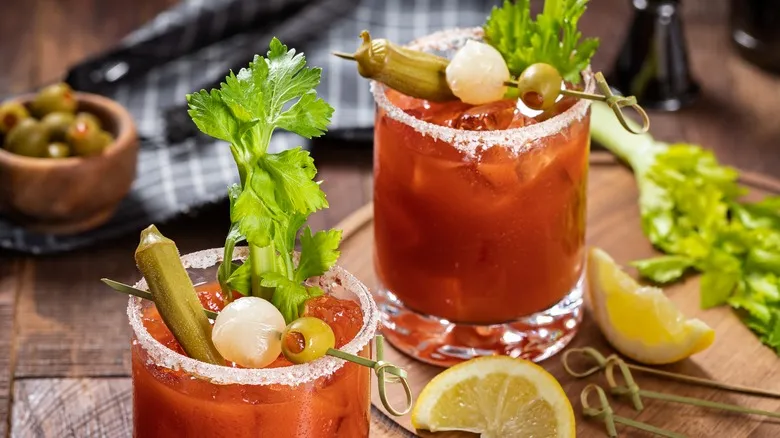
Give Your Bloody Mary A Tangy Kick With One Leftover Liquid
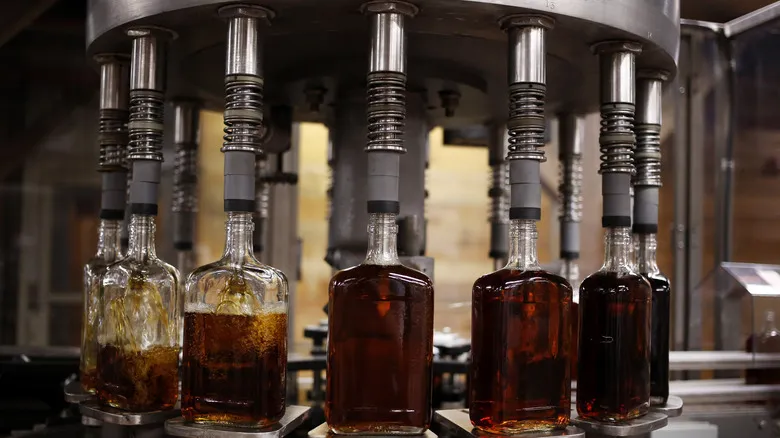
How Many Bottles Of Bourbon Are Typically In A Barrel?
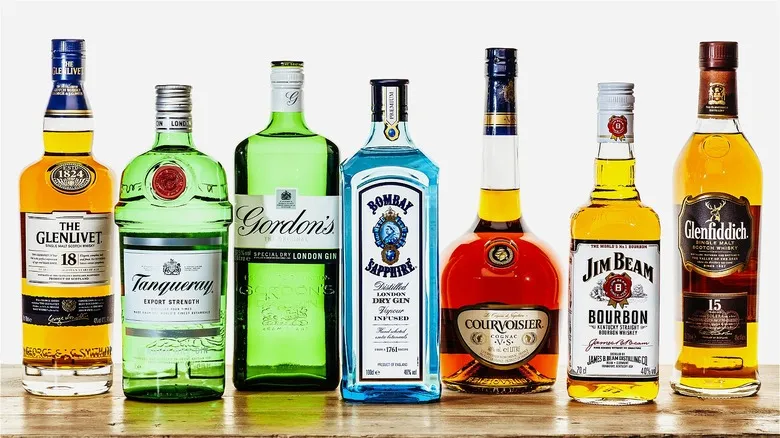
What Does Proof Mean When It Comes To Alcohol?
Next up

